The Future of MBR: How AI and New Materials Are Revolutionizing Wastewater Treatment
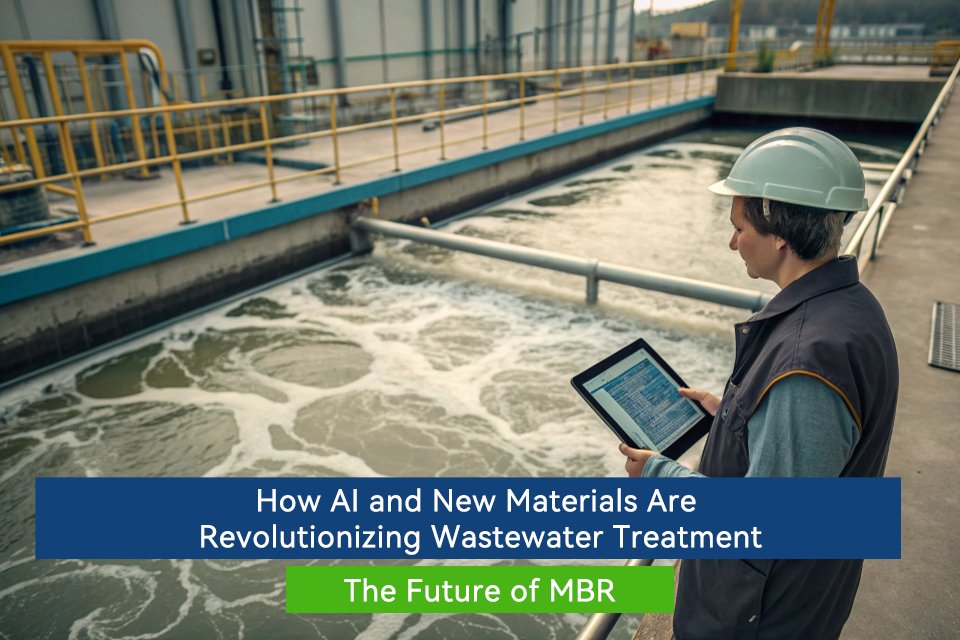
MBR technology has transformed wastewater treatment over the past two decades. But the next revolution is just beginning as artificial intelligence and breakthrough materials solve MBR's biggest challenges.
AI-powered process control, energy-neutral anaerobic MBR systems, and revolutionary membrane materials are eliminating traditional MBR limitations. These innovations will make MBR the dominant wastewater treatment technology by 2035.
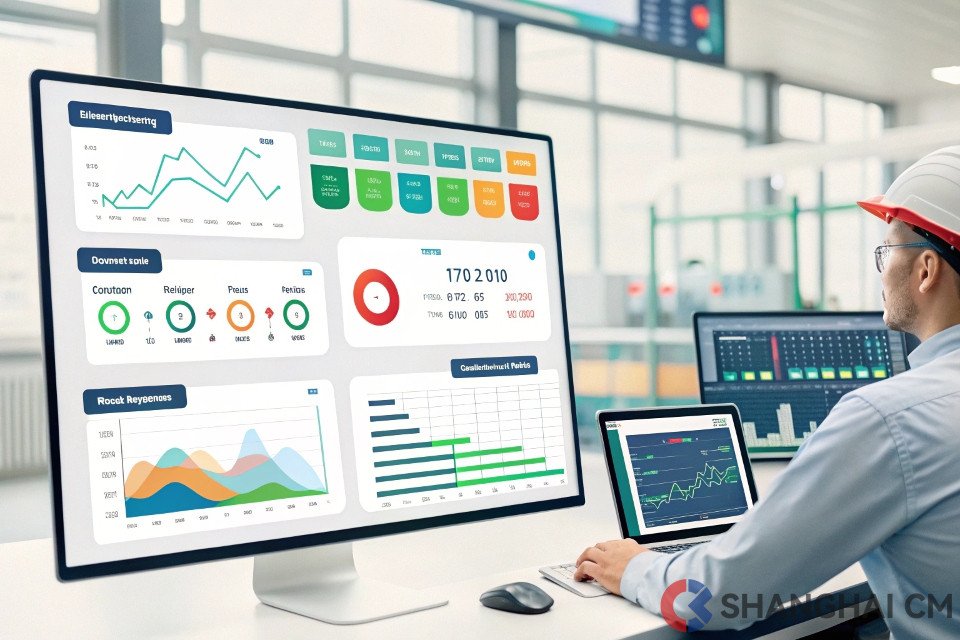
I have watched MBR evolve from expensive niche applications to mainstream municipal treatment. The innovations emerging today will create another paradigm shift that makes current MBR systems look primitive by comparison.
How Anaerobic MBR Solves the Energy Problem?
Energy consumption has always been MBR's Achilles heel. Membrane aeration and biological process requirements consume 0.4-0.8 kWh per cubic meter treated, making energy costs a major operational expense.
Anaerobic MBR (AnMBR) systems eliminate energy-intensive aeration while producing methane biogas worth $0.15-0.25 per cubic meter treated. This transforms MBR from an energy consumer into a net energy producer.
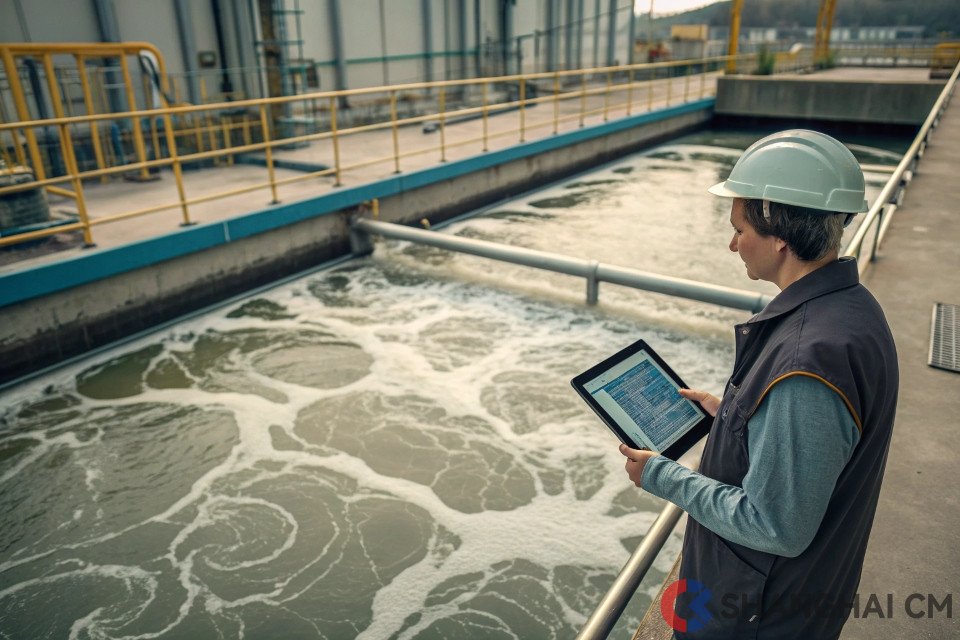
The Science Behind Energy-Neutral Treatment
AnMBR combines membrane separation with anaerobic digestion in a single process. Organic matter converts to methane instead of carbon dioxide, capturing chemical energy that aerobic processes waste as heat. Membrane fouling control uses biogas recirculation instead of energy-intensive air scouring.
I recently evaluated a 5 MGD AnMBR demonstration plant that achieved 85% energy self-sufficiency. The system produced 220 cubic meters of biogas daily with 65% methane content. Combined heat and power generation offset membrane pumping and heating requirements.
Real-World AnMBR Performance Data
The University of California's demonstration AnMBR has operated for 18 months treating municipal wastewater. Results show:
- Energy production: 0.35 kWh/m³ from biogas generation
- Energy consumption: 0.42 kWh/m³ for pumps and controls
- Net energy balance: 84% energy recovery vs 100% consumption in aerobic MBR
- COD removal: 92% vs 95% in aerobic systems
- Membrane flux: 15-20 LMH vs 20-25 LMH in aerobic MBR
The slight performance reduction comes with massive energy savings that justify the trade-offs for most applications.
Overcoming AnMBR Challenges
Early AnMBR systems struggled with membrane fouling from anaerobic biomass and slower startup times. Recent innovations solve these problems through improved membrane materials, biogas mixing optimization, and advanced process control.
New ceramic membranes resist biological and chemical fouling better than polymeric membranes in anaerobic conditions. Smart control systems maintain optimal conditions for both methanogenic bacteria and membrane performance automatically.
What Breakthrough Membrane Materials Change the Game?
Membrane fouling drives 60-70% of MBR operational costs through energy consumption, chemical cleaning, and replacement cycles. Revolutionary materials are eliminating fouling at the molecular level.
Graphene-enhanced membranes, ceramic substrates, and biomimetic surfaces reduce fouling 80-90% compared to conventional polymer membranes. These materials extend membrane life from 7-10 years to 15-20 years while cutting cleaning frequency in half.
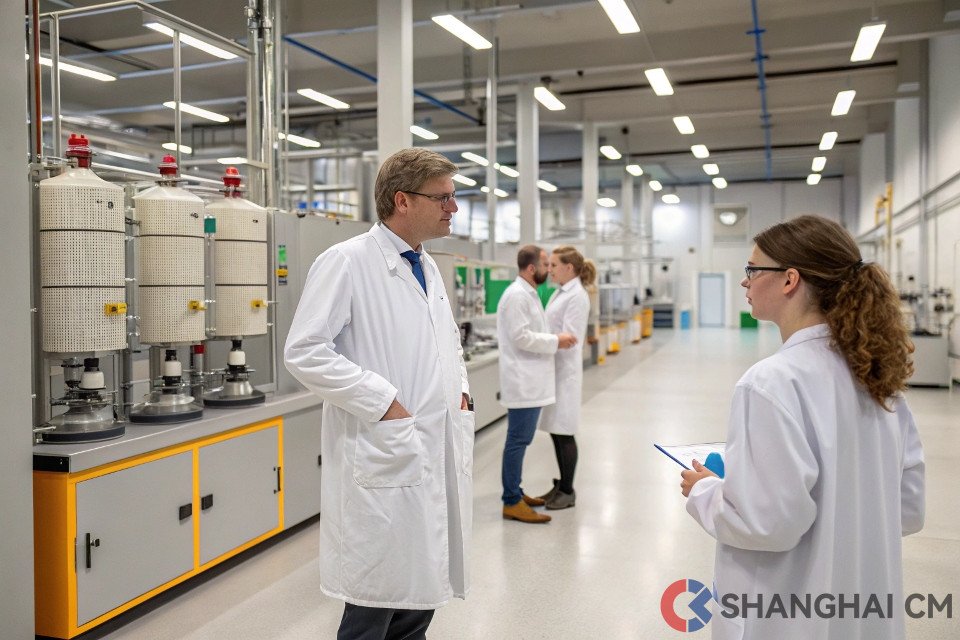
Graphene: The Wonder Material for Water Treatment
Graphene oxide membranes create ultra-thin selective barriers with unprecedented fouling resistance. The single-atom carbon sheets repel organic molecules while allowing water passage through precise nanopores. MIT researchers achieved 99.9% bacteria rejection with 300% higher flux than conventional membranes.
Commercial graphene membranes from Applied Membranes achieved 18-month operation without performance decline in municipal MBR applications. Traditional polymer membranes require cleaning every 2-4 weeks under identical conditions.
Ceramic Membranes: Indestructible Performance
Silicon carbide and aluminum oxide ceramic membranes eliminate polymer degradation completely. These materials withstand harsh chemicals, extreme temperatures, and aggressive cleaning that destroys conventional membranes.
I installed ceramic MBR membranes at a pharmaceutical plant with caustic waste streams. After 3 years of operation, the membranes show no measurable performance decline. Comparable polymer membranes failed within 6 months in the same application.
Biomimetic Anti-Fouling Surfaces
Nature-inspired membrane surfaces mimic shark skin, lotus leaves, and mussel shells to repel foulants actively. These engineered surfaces use micro and nano-scale textures to prevent bacterial adhesion and biofilm formation.
Researchers at Singapore's Nanyang Technological University developed mussel-inspired membranes that self-clean through underwater adhesive properties. Pilot testing shows 95% fouling reduction compared to smooth membrane surfaces.
How AI Transforms MBR Operations and Maintenance?
Artificial intelligence eliminates the guesswork in MBR operations by predicting problems before they occur and optimizing performance continuously based on real-time conditions.
AI-powered MBR systems reduce energy consumption 20-30%, extend membrane life 40-60%, and prevent 85% of unplanned shutdowns through predictive maintenance and dynamic process optimization.
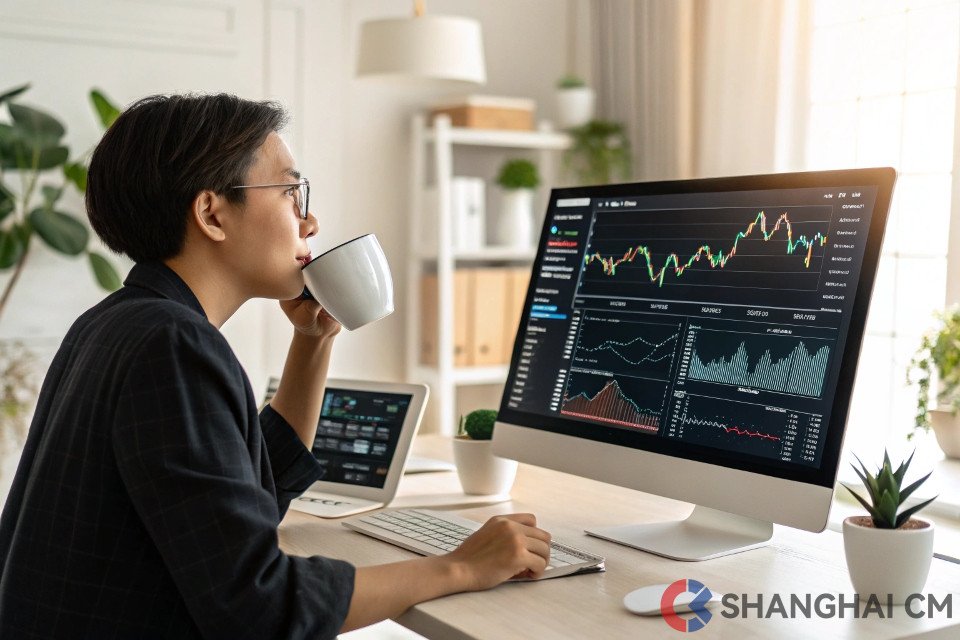
Predictive Maintenance Prevents Failures
Machine learning algorithms analyze thousands of sensor data points to predict membrane fouling, equipment failures, and process upsets days or weeks in advance. This enables proactive maintenance that prevents costly emergency repairs and production shutdowns.
I implemented an AI monitoring system at a 10 MGD municipal MBR plant. The system predicted blower bearing failure 12 days before mechanical symptoms appeared. Scheduled replacement during routine maintenance prevented a weekend emergency shutdown that would have cost $150,000 in overtime and bypass pumping.
Dynamic Process Control Optimizes Performance
AI systems adjust aeration rates, chemical dosing, and cleaning cycles automatically based on influent characteristics, membrane conditions, and biological activity. This real-time optimization reduces energy consumption while maintaining effluent quality.
The AI system learned our plant's seasonal patterns and adjusted operations proactively. Energy consumption dropped 25% during low-load periods while maintaining permit compliance. Manual control could never achieve this level of optimization.
Pattern Recognition Identifies Hidden Problems
Advanced analytics identify subtle correlations between operating parameters that human operators miss. AI systems detect fouling precursors, biological process imbalances, and equipment degradation through pattern analysis across multiple variables.
Digital Twin Technology for MBR Plants
Digital twins create virtual replicas of physical MBR systems that enable risk-free testing of operational changes, maintenance scheduling, and upgrade scenarios. The virtual plant learns from real plant data and predicts outcomes of different operating strategies.
Veolia's Hubgrade digital twin platform models entire MBR treatment plants with 95% accuracy. Operators test process modifications virtually before implementing changes, reducing operational risks and optimizing performance improvements.
How MBR Enables True Circular Economy Implementation?
Modern MBR systems go beyond water treatment to become resource recovery platforms that extract value from wastewater streams while closing material loops.
Advanced MBR configurations recover nitrogen, phosphorus, and organic matter worth $50-150 per million gallons treated while producing clean water for reuse. This transforms wastewater from waste disposal cost into revenue-generating resource recovery.
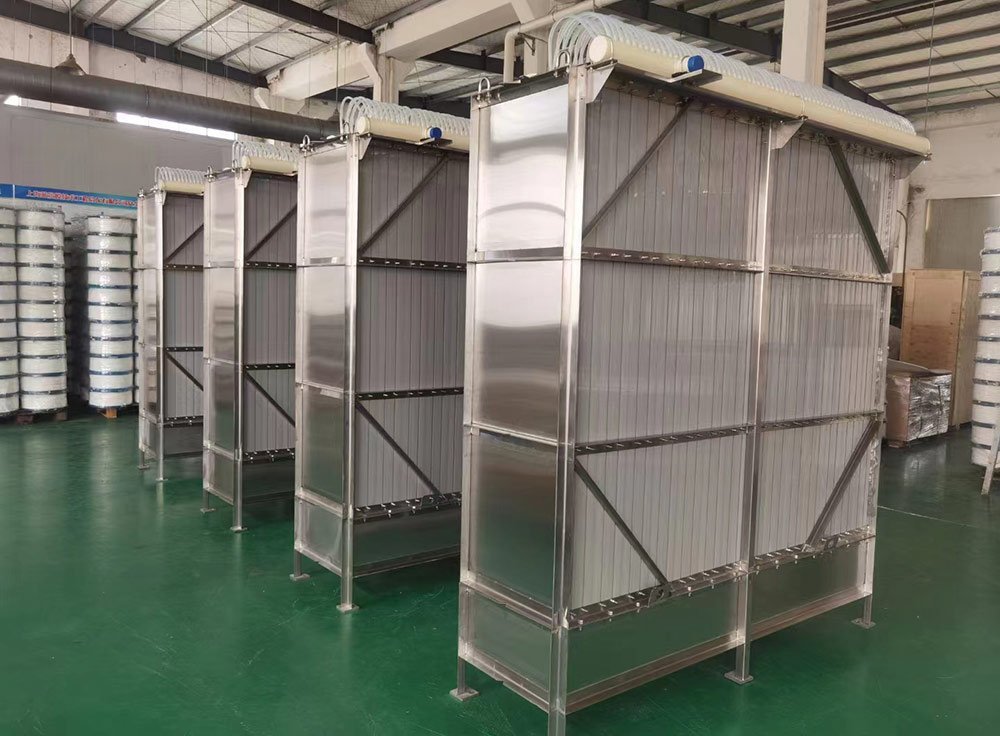
Nutrient Recovery Creates Valuable Products
MBR systems integrated with struvite precipitation recover phosphorus as slow-release fertilizer worth $800-1200 per ton. Side-stream ammonia stripping produces concentrated nitrogen solutions for agricultural applications. These recovered nutrients replace energy-intensive synthetic fertilizers.
The Hampton Roads Sanitation District operates MBR systems with nutrient recovery that generate $2.3 million annually in fertilizer sales. The recovered nutrients supply local agriculture while meeting stringent Chesapeake Bay discharge limits.
Biosolids Become Carbon Resources
MBR systems produce higher-quality biosolids with lower pathogen content and improved dewaterability. These biosolids convert to biochar, bioplastics, and other carbon products through pyrolysis and gasification processes.
Water Reuse Closes the Loop
MBR effluent quality enables direct potable reuse applications that close water cycles completely. Orange County Water District's groundwater replenishment system uses MBR followed by reverse osmosis to produce 100 MGD of indirect potable reuse water.
Industrial Symbiosis Networks
MBR-treated industrial wastewater becomes process water for neighboring facilities, creating industrial symbiosis networks. One facility's waste becomes another's input, minimizing overall resource consumption and waste generation.
Integration Challenges and Solutions
Implementing next-generation MBR technology requires addressing integration challenges between new materials, AI systems, and existing infrastructure.
Successful implementation requires phased integration approaches, extensive operator training, and robust cybersecurity measures to protect AI-controlled systems from digital threats.
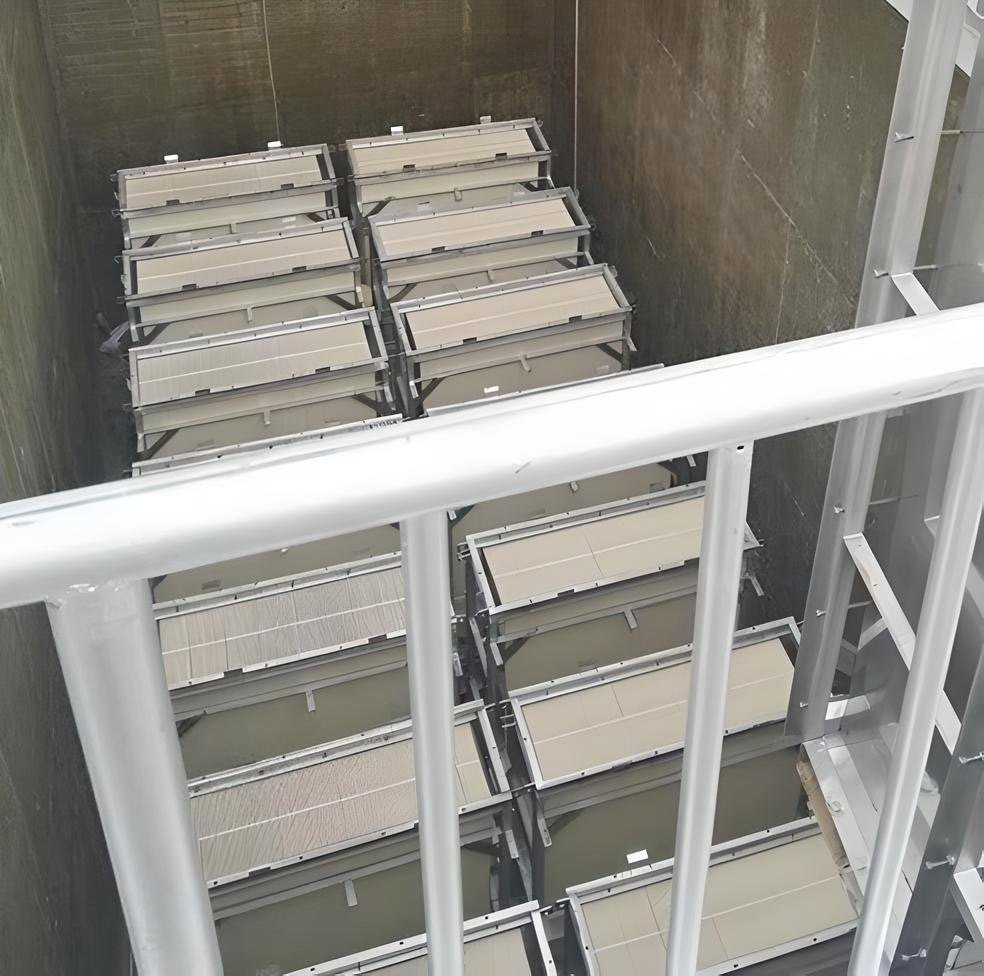
Cybersecurity for Smart Water Systems
AI-controlled MBR systems create cybersecurity vulnerabilities that traditional treatment plants avoid. Hackers could manipulate process controls, steal operational data, or shut down critical infrastructure remotely.
Robust cybersecurity frameworks including air-gapped networks, encrypted communications, and multi-factor authentication protect smart MBR systems from digital threats while maintaining operational flexibility.
Operator Training for Advanced Systems
AI-augmented MBR systems require operators who understand both biological processes and digital technologies. Training programs must evolve to include data analytics, predictive maintenance concepts, and human-AI collaboration skills.
Regulatory Framework Evolution
Current regulations lag behind technological capabilities, creating barriers to advanced MBR implementation. Regulatory agencies must develop new frameworks that accommodate AI decision-making, resource recovery credits, and circular economy principles.
Your Roadmap to Future MBR Implementation
The convergence of AI, advanced materials, and circular economy principles is creating unprecedented opportunities for MBR technology adoption. Early adopters will gain competitive advantages through lower operating costs, higher efficiency, and new revenue streams that transform wastewater treatment economics completely.

